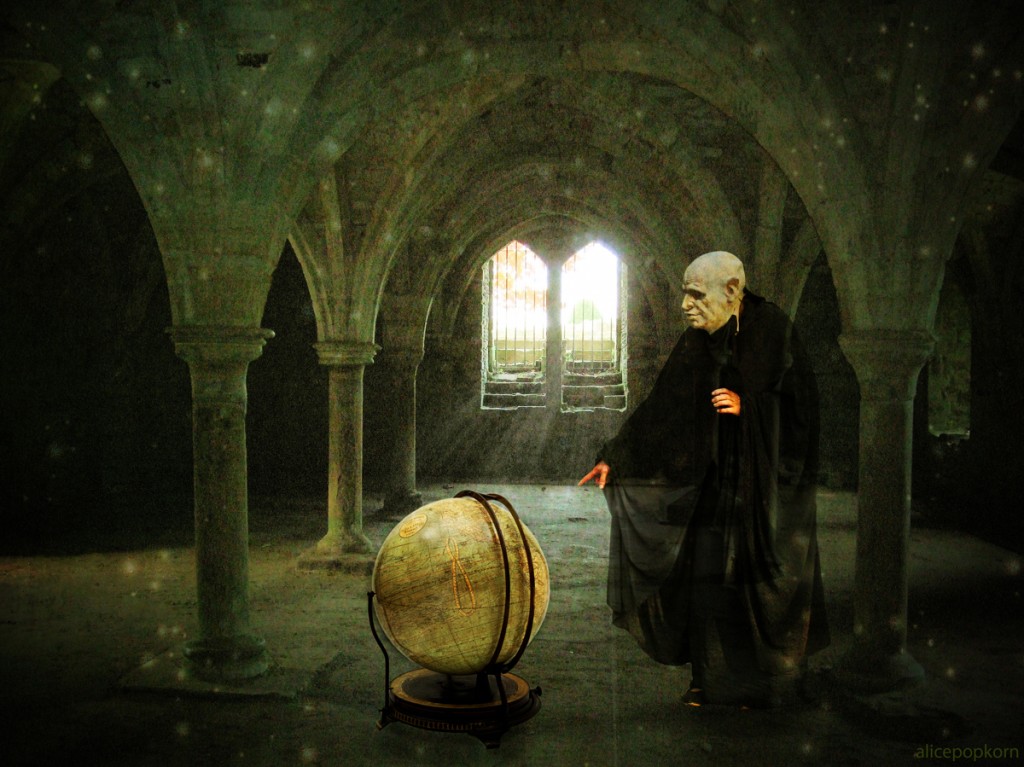
Lesley B. Cormack on the Medieval View of the Earth’s Shape
Lesley B. Cormack, "Medieval Christianity and the Flat Earth" in Galileo Goes to Jail (Harvard University Press: 2009), pp. 29, 31, 33.Did people in the Middle Ages think that the world was flat? … From the seventh century to the fourteenth, every important medieval thinker concerned about the natural world stated more or less expliclity that the world was a round globe, many of them incorporating Ptolemy’s astronomy and Aristotle’s physics into their work. Thomas Aquinas (d. 1274), for example, followed Aristotle’s proof in demonstrationg that the changing positions of the constellations as one moved about on the earth’s surface indicated the spherical shape of the earth. Roger Bacon (d. 1294), in his Opus Maiusi (ca. 1270), stated that the world was round, that the southern antipodes were inhabited, and that the sun’s passage along the line of the ecliptic affected climates of different parts of the world. Albertus Magnus (d. 1280) agreed with Bacon’s finding, while Michael Scot (d. 1234) “compared the earth, surrounded by water, to the yolk of an egg and the spheres of the universe to the layers of an onion.” Perhaps the most influential were Jean de Sacrobosco, whose De Sphera (ca. 1230) demonstrated that the earth was a globe, and Piere d’Ailly (1350-1410), archbishop of Cambria, whose Imago Mundi (written in 1410) discussed the sphericity of the earth. Both of these books enjoyed great popularity; Sacrobosco’s book was used as a basic textbook throughout the Middle ages, while d’Ailly’s book was read by early explorers like Columbus. … With the exception of Cosmas, no medieval writer denied that the earth was spherical — and the Catholic church never took a stand on the issue.